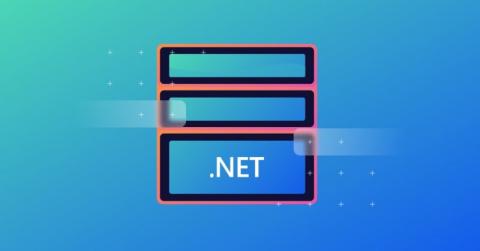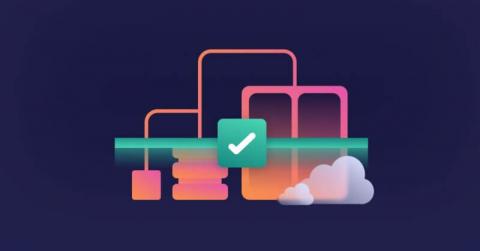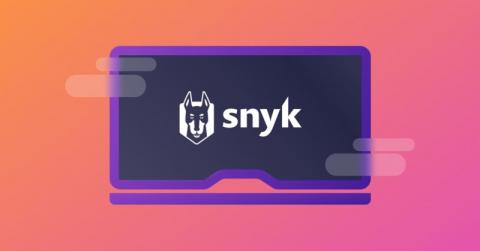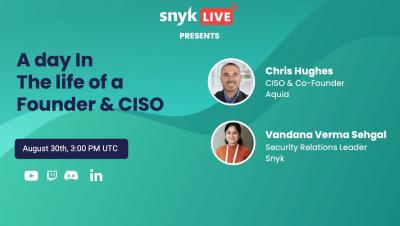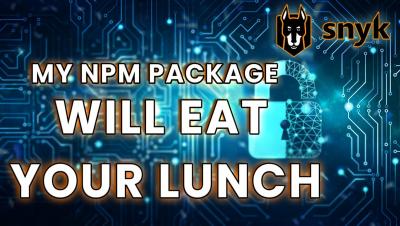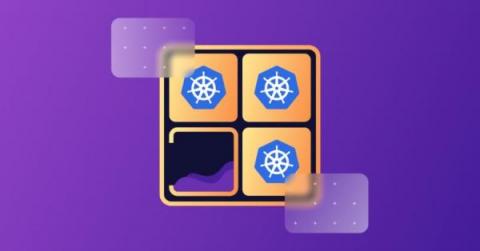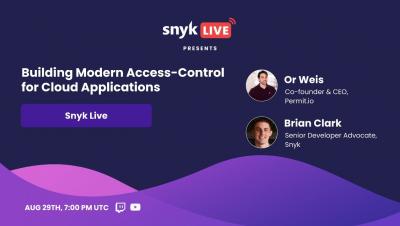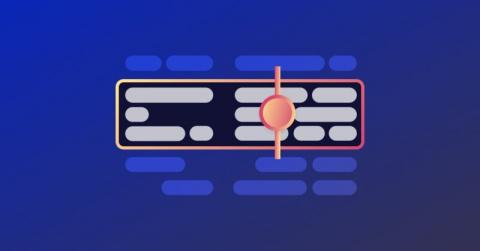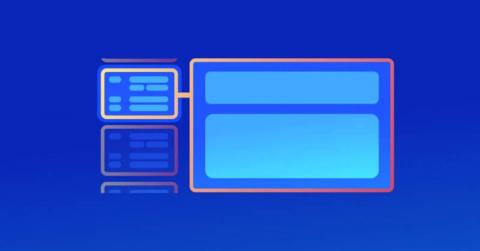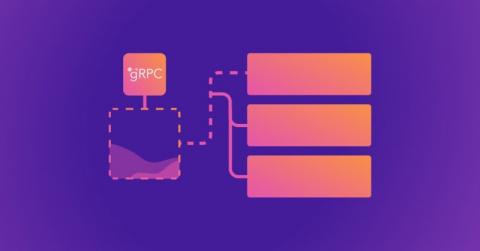Best practices for containerizing .net applications
Containerization with Docker has become a major trend in web application development that many.NET developers have adopted. There are many compelling advantages for developers and DevOps engineers to containerize.NET applications, even when working with the older.NET Framework 4.x versions. However, if we don’t know how to use containers properly, we’ll experience little benefit from them.


